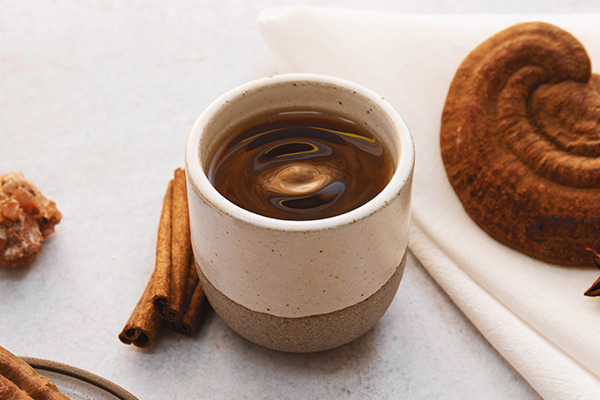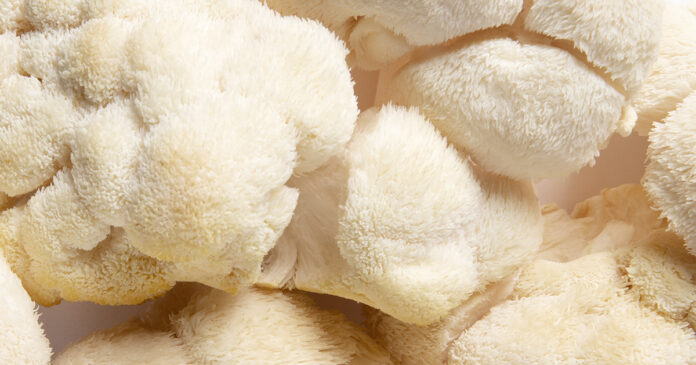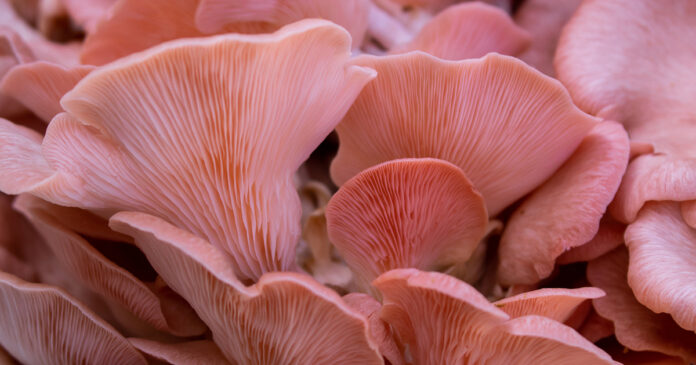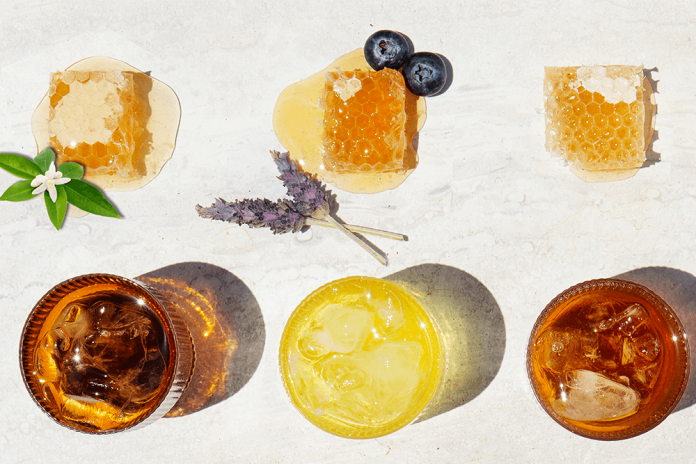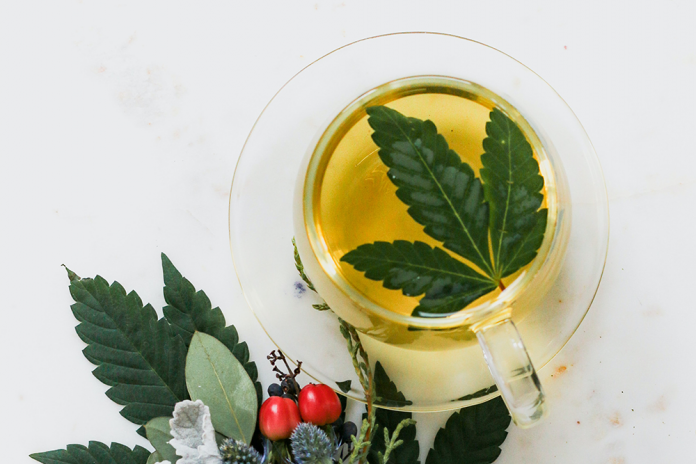Want to learn how to make mushroom tea?
Or maybe you’re curious about what mushroom tea even is – or why it’s suddenly become so popular?
We’re going to teach you everything you need to know about which mushrooms make the best tea, PLUS the potential health benefits of mushroom tea and how it’s been used in Traditional Chinese Medicine.
Then we’ll show you how to brew your very first cup of mushroom tea without hating it.
No Magic Here
To be clear, we’re not talking about psychedelic or “magic mushrooms” in this article.
Psilocybe cubensis is a species of mushroom containing psilocybin and psilocin. Eating psilocybin mushrooms and drinking magic mushroom tea with those active ingredients may cause hallucinations and other psychological and physical effects.
Don’t worry; you won’t be tripping after drinking tea made from any of the mushrooms we’re discussing in this guide.
So let’s start with a basic understanding of what mushroom tea is and why you may want to add it to your tea rotation.
What is Mushroom Tea?
People have been consuming mushrooms and drinking mushroom tea for thousands of years. (1) Tea drinkers across many different countries and cultures — such as the Greek, Roman, Chinese, and Japanese, just to name a few — all realized the potential health benefits tucked inside these strange-looking fungi.
According to Traditional Chinese Medicine (TCM), mushrooms are praised as the “elixir of life.” (2) You’ll find over 100 different types of mushrooms in TCM texts. This may be because mushrooms are adaptogens, or plants that may help reduce stressful feelings (among other powerful health perks).
Centuries ago, fresh mushrooms were traditionally picked, dried, and ground into small pieces using a hand grinder. Tea drinkers would then heat water, pour it over the dried mushrooms, and let it steep like tea.
Hot or boiling water releases all the healthy plant compounds from the mushrooms so you can drink them up in tea form. A strainer would be used when pouring the tea so the mushroom pieces would not wind up in the final cup.
Sounds like a lot of work, right?
And it doesn’t exactly sound super appetizing either…
Luckily, it’s easier to enjoy all the benefits of mushroom tea now. You can find pre-made mushroom tea bags containing a combination of mushroom extracts and delicious tea leaves.
Most even include a bit of sweetener so they taste better than you might expect too.
Mushroom tea can be made with any type of mushroom (non-poisonous ones, of course!). Still, there are specific varieties you’ll want to consider for your teapot.
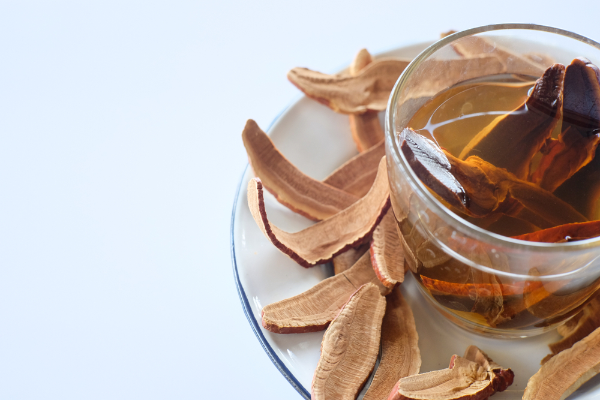
The Top 6 Best Mushrooms to Use When Making Mushroom Tea (And Their Potential Health Benefits)
When it comes to brewing mushroom tea, these six varieties are the most popular and the most researched:
1. Reishi (Lingzhi)
Reishi mushrooms, which come from Ganoderma lucidum fungus, are believed to be “the herb of spiritual potency.” Their formal name, “Lingzhi,” represents spiritual potency and immortality in traditional Chinese culture. (3)
Reishi mushrooms boast a better pharmaceutical profile than nutritional, according to research, and have been used as medicinal mushrooms for more than 2,000 years. (3) Some of their unique qualities include supporting immune and anti-inflammatory functions and boosting feelings of mental clarity. (4)
2. Chaga
Chaga mushrooms have been used as an herbal remedy for quite some time. Drinking Chaga mushroom tea may help combat stomach upsets and aid in clearing up infections. (4) Chaga mushrooms have also been studied for their ability to help lower oxidative stress. (5)
3. Maitake
Maitake mushrooms have been studied for their support of immune function. (4) Research shows that maitake’s positive effects on the immune system were even more effective when combined with shiitake mushrooms. (6)
4. Lion’s Mane
Lion’s Mane, a unique Chinese mushroom from the Hericium Erinaceus fungus family, has been researched for its incredible nootropic properties. Nootropics are substances that may support better cognitive function. (4)
5. Cordyceps
Cordyceps Militaris currently offers 21 clinically-approved benefits for human health thanks to its anti-inflammatory support and help against viral infections. (7) Another cordyceps mushroom, Cordyceps Sinensis, also shows promising support for asthma and blood pressure. It even possesses antibacterial properties. (7)
6. Turkey Tail
Coriolus Versicolor, or Turkey Tail, as it’s more commonly known, is a medicinal mushroom that’s been well-researched in China, Japan, and Europe. (8) This particular mushroom contains beta-glucans, a type of sugar that may help stimulate the immune system. (8) Another body of research found that Coriolus mushrooms may support healthy triglyceride and glucose levels. (4)
Mushroom Tea in Traditional Chinese Medicine
Mushrooms have been an established remedy in Traditional Chinese Medicine for literally thousands of years. Their therapeutic uses have been recorded in medical texts dating as far back as 200 AD.
Over the centuries, numerous highly-revered texts have been written, each including a myriad of prescriptions including mushrooms. (Shen Nong Ben Cao Jing (translated as The Divine Farmer’s Materia Medica), the Ben Cao Jing Jinzhu by Taoist physician Tao Hongjing, the Compendium of Materia Medica by Li Shizhen.)
These texts (as well as voluminous translations and other research compilations done by modern Chinese scientists) document the use of mushrooms for aiding the body in prevention and recovery from a countless list of conditions. (8)(4)
Compared to Eastern tradition, Western medicine and science have just barely begun digging into the potential benefits of mushrooms.
How to Make Mushroom Tea
You have a few options when it comes to making mushroom tea at home.
First, find a high-quality mushroom tea made without chemical pesticides and artificial ingredients.
Then, when you find a clean mushroom tea worth drinking, it’s as simple as brewing a cup of regular tea:
Boil your cup of water, add the mushroom tea to your teapot, mug, or tea infuser, pour the hot water over the tea, and let it steep for 3-5 minutes, depending on the type you buy.
You can also get creative with your mushroom tea recipes by adding fresh lemon juice or fresh ginger to liven things up. Some mushroom teas also work well spiced with chai and can be great for making chai lattes.
Prefer green tea? Try adding mushroom extracts to your favorite cup of green tea or matcha to double down on herbal benefits.
Another option that’s even easier is drinking TCM-formulated mushroom elixirs.
What’s in Pique TCM Mushroom Elixirs?
Chaga Energy Elixir and Reishi Calm Elixir are highly-concentrated mushroom teas that come in individual packets you can take with you on-the-go.
Our TCM Elixirs are specially formulated by a Traditional Chinese Medicine doctor using ancient recipes that reflect TCM principles.
In TCM, for example, herbology is the practice of creating a unique concoction tailored to each individual person. (9) Herbology principles say combining certain plants and herbs will complement the mushrooms and help draw out even more health benefits.
So we’ve taken this practice to heart and combined ingredients that complement each other when making our TCM Elixirs, helping to unlock the full potential inside the mushrooms.
Our caffeine-free Chaga Energy Elixir blends wild-harvested chaga with burdock root and ginseng. Reishi Calm Elixir combines reishi mushrooms with goji berry, monk fruit, and jujube dates, which all flavor and enhance the mushroom tea in unique ways.
Ready to Enjoy Mushroom Tea Now?
Mushroom tea has been used for thousands of years in Traditional Chinese Medicine, and you can bring that wisdom to 2020 by brewing your own mushroom tea at home.
Mushroom tea may be slightly different than what you’re used to in other teas like green or black tea. But don’t be shy or weirded out by the fact that you’re drinking mushrooms — you may be pleasantly surprised!
Give it a try and tell us what you think once you finish your first cup. We’d love to hear about it!
